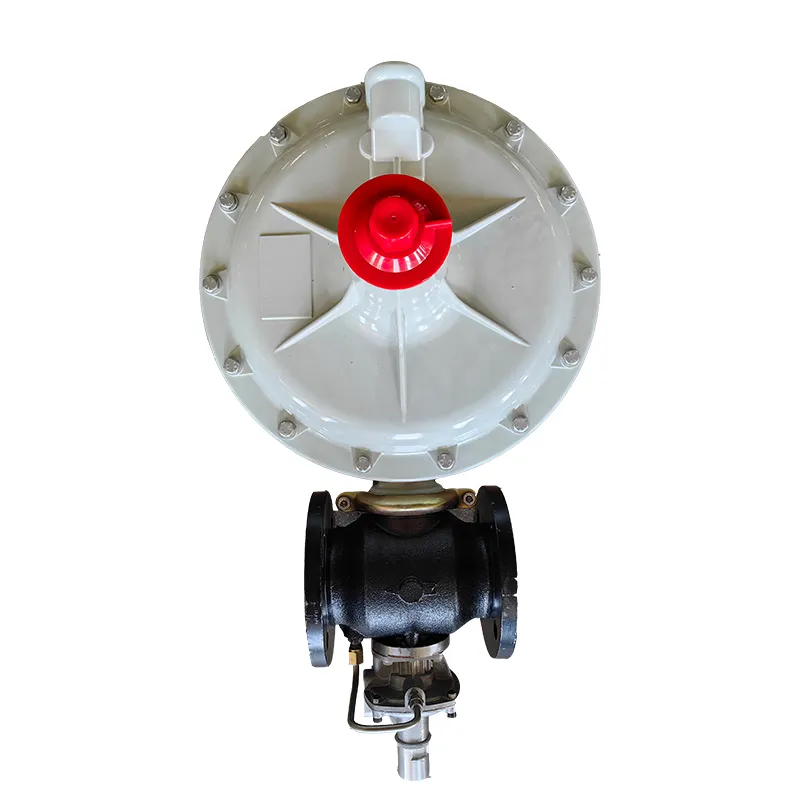
Nov . 23, 2024 01:19
Back to list
gas coalescer
Understanding Gas Coalescers Importance and Functionality
In various industrial applications, the separation of gas and liquid phases is a significant challenge, particularly in processes involving hydrocarbons, petrochemicals, and environmental engineering. One of the effective solutions to this challenge is the use of gas coalescers. Designed to enhance the separation process, gas coalescers are crucial in ensuring the efficiency and safety of gas handling systems.
What is a Gas Coalescer?
A gas coalescer is a device that facilitates the removal of liquid droplets from gas streams. It operates on the principle of coalescence, whereby small droplets merge to form larger droplets, which can then be easily separated from the gas. By utilizing mechanisms such as filtration and gravity separation, gas coalescers enhance the overall cleanliness of the gas. This is vital in applications where high-purity gases are required, such as in the semiconductor, pharmaceutical, and food processing industries.
How Gas Coalescers Work
The operation of a gas coalescer can be summarized in a few key steps
1. Inlet Feed The gas mixed with liquid droplets enters the coalescer unit, where it encounters a specially designed medium (often composed of filter elements).
2. Droplet Capture As the gas flows through the coalescing media, small liquid droplets collide with the filter fibers and each other. This collision process helps the droplets grow larger.
3. Coalescence The merging droplets form larger droplets that are heavy enough to overcome the drag force from the gas flow.
4. Gravity Separation Once the droplets reach a sufficient size, they fall due to gravity and are collected at the bottom of the coalescer. The clean gas exits the unit, now free of significant liquid contamination.
5. Discharge of Liquids The collected liquids can then be drained periodically, ensuring that the coalescer continues to function efficiently.
Applications of Gas Coalescers
Gas coalescers find applications across a variety of industries
gas coalescer

- Oil and Gas In oil extraction and processing, coalescers remove water and other contaminants from natural gas, protecting pipelines and equipment from corrosion and promoting efficient flow.
- Chemical Production Many chemical reactions require dry gases. Coalescers effectively remove moisture to ensure product quality and prevent reaction failures.
- Power Generation In gas turbine installations, coalescers are used to prevent water droplets from entering the turbine, which can damage components and disrupt power generation.
- Environmental Applications Gas coalescers are essential in air pollution control systems, where they help remove mist and aerosols from industrial emissions, contributing to environmental sustainability.
Advantages of Using Gas Coalescers
The implementation of gas coalescers in industrial processes offers multiple advantages
1. Enhanced Gas Purity They ensure that the gas is free from liquids, which is essential for downstream processes that are sensitive to moisture and contaminants.
2. Improved Efficiency By preventing liquid accumulation in gas lines, coalescers enhance process efficiency and reduce the risk of downtime due to maintenance.
3. Cost-effectiveness By prolonging the life of equipment and reducing maintenance needs, gas coalescers contribute to overall operational cost savings.
4. Environmental Protection By minimizing the emission of liquid contaminants, gas coalescers play a vital role in meeting environmental regulations and encouraging sustainable practices.
Conclusion
Gas coalescers are a pivotal part of the industrial landscape, providing essential support in the separation of gases from liquids. Their ability to enhance gas purity, improve process efficiency, and contribute to environmental protection makes them indispensable in many sectors. As industries continue to strive for greater efficiency and sustainability, the importance of gas coalescers will only grow, solidifying their role as a cornerstone in modern industrial applications.
Next:
Latest news
-
Safety Valve Spring-Loaded Design Overpressure ProtectionNewsJul.25,2025
-
Precision Voltage Regulator AC5 Accuracy Grade PerformanceNewsJul.25,2025
-
Natural Gas Pressure Regulating Skid Industrial Pipeline ApplicationsNewsJul.25,2025
-
Natural Gas Filter Stainless Steel Mesh Element DesignNewsJul.25,2025
-
Gas Pressure Regulator Valve Direct-Acting Spring-Loaded DesignNewsJul.25,2025
-
Decompression Equipment Multi-Stage Heat Exchange System DesignNewsJul.25,2025

